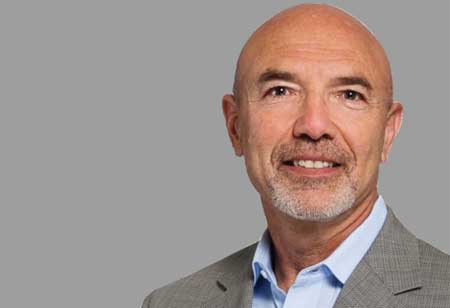Thank you for Subscribing to Healthcare Business Review Weekly Brief

Neuro feedback Training for Opiate Addiction
Healthcare Business Review
The disease of addiction, like other psychological conditions such as ADHD and obsessive-compulsive disorder, is a neurological based ailment. The abnormalities in the brain that result in addiction are extensive, complex and varied, regardless of the substance used by an individual. Equally, the abnormalities in the brain caused by addiction are just as intricate and diverse. Using the example of opioid use disorder, the brain alterations due to a substance can be explained.
The chemicals in opiates travel through an individual’s bloodstream and attach to opioid receptors throughout the body, including the brain. The resultant effect is pleasure. Opiates utilized for pain can be very effective, but when used in the absence of pain, various circuits in the brain are reconditioned and can motivate repeated use.
Medication-assisted treatment is considered the gold standard for the treatment of substance use disorders. The efficacy of medications such as methadone, buprenorphine and naltrexone has been proven and the use of medication-assisted treatment has been clinically proven to reduce the death rate by 50 percent or more when used in conjunction with psychological treatment and support.
The development of opioid agonists and other medications that curb usage in various substances came about through extensive research, and as more and more scientific advances are made, we have the opportunity to expand upon and develop new treatment methods.
The prevailing psychiatric condition that results in cognitive and behavioral impairment is substance use disorder. The abuse of alcohol and/or illicit substances causes identifiable changes in brain activity that can be seen in a number of electroencephalographic methods.
The treatment of substance use disorders via neurofeedback was initially made popular by Eugine Peniston. In his approach, the frequency of alpha and theta brain waves were altered, and with repeated sessions, long-term abstinence from alcohol and a change in personality testing was seen.
Because the Peniston Protocol did not have as much success with other substance use disorders, years later, William Scott and David Kaiser, Ph.D., modified the treatment. By treating patients who abused stimulants with electroencephalogram protocols originally designed for attention deficit followed by the Peniston Protocol, substantial improvement was seen in long-term abstinence rates. This method is now widely known as the Scott-Kaiser modification.
Neurofeedback treatment is a safe and non-invasive procedure that has previously produced positive results in the treatment of other psychological ailments such as depression and anxiety.
This form of therapy, depending on the ailment being addressed, requires the strategic placement of electrodes on the patient’s scalp. This allows the treating physician to view theindividual’s electrical output of neuronal activity in the areas where the electrodes are placed. This is also called an EEG or electroencephalograph. From this EEG, the amplitudes and frequencies of the brain waves can be measured and the proper treatment can commence.
Historically, low-resolution electromagnetic tomography (LORE-TA) has been the most successful type of neurofeedback used to treat addiction. It has also used to treat depression, increase relaxation and allows for healing from trauma. In this treatment, electrodes are placed on the occipital lobes, which is the area of the brain that processes visual memories; on the parietal lobes, which is the area of the brain related to problem solving; and the sensorimotor cortex, located in the parietal lobe, which is the area of the brain associated with the conscious control of movement.
Medication-assisted treatment is considered the gold standard for the treatment of substance use disorders
Alpha/theta protocol is the training used to treat addiction, so after the electrodes are placed, the patient receives auditory feedback from the treating physician to perform different brain functions. Studies have shown that neurofeedback training is effective in treating substance used disorder and reducing the craving of a substance.
The practice of utilizing neurofeedback in the treatment of addiction, in addition to other evidence-based treatment methods, has shown some promise, but more research into this area is required. Thus far, the use of PET scans and SPECT scans, both FDA-approved for psychiatric indications and mental health, have been used to monitor functional activity in the brain and identify patterns that correlate with addiction and behavioral health disorders. Based on the fact that this type of imaging has been deemed appropriate for mental and behavioral health treatment, it only follows that more research into neuro feedback technology and treatment is a necessity.
Over the past few years, we have seen the devastation caused by addiction, namely the opioid epidemic, and the damage left in its wake. Tens of thousands of people die each year from this disease, and it’s imperative that treatments with the ability to alleviate problems caused by addiction be made available to the public as soon as they are available.









